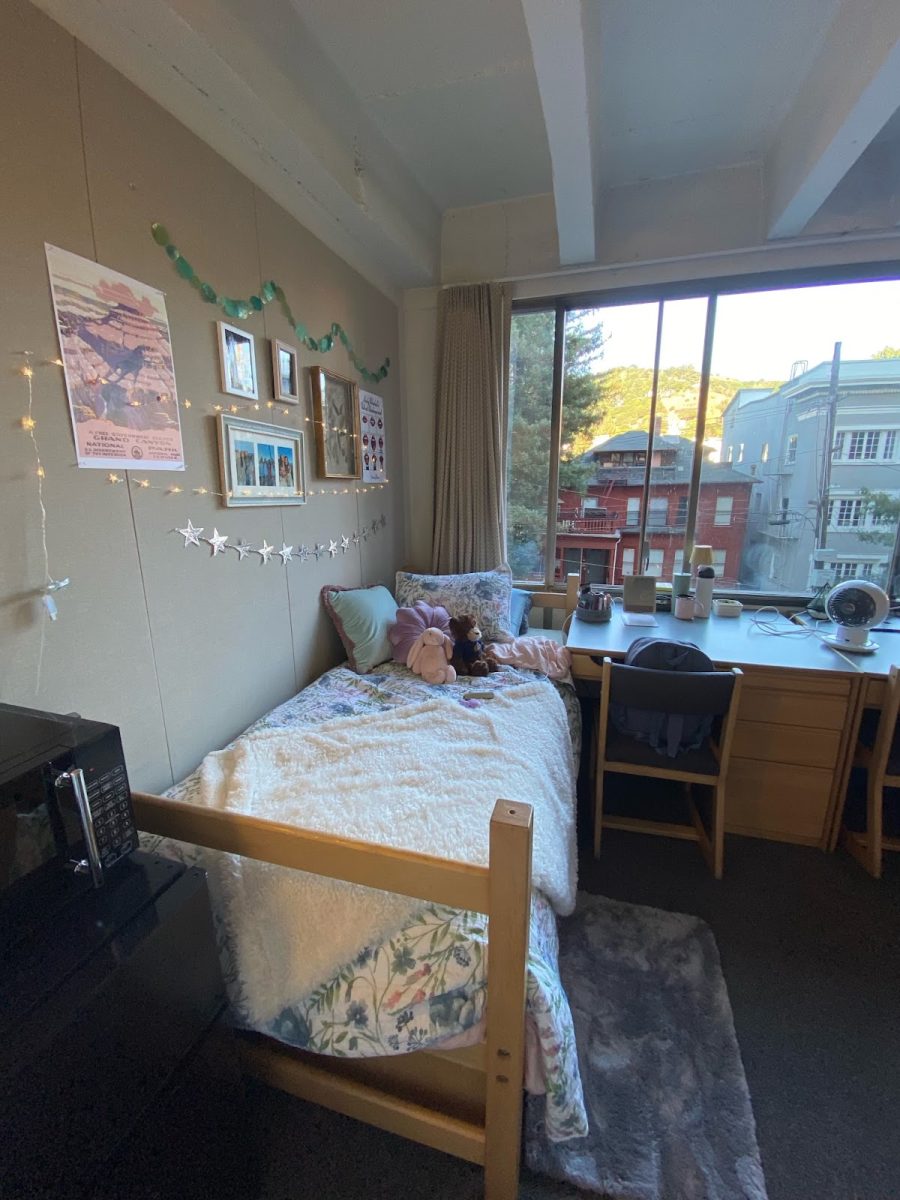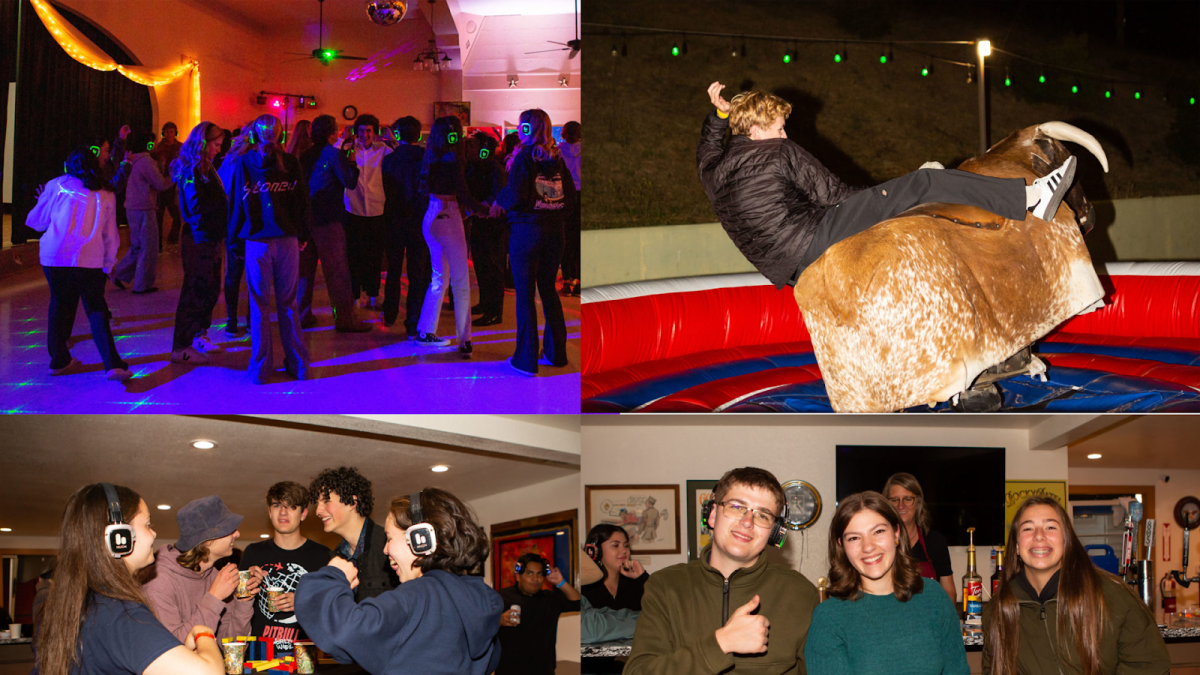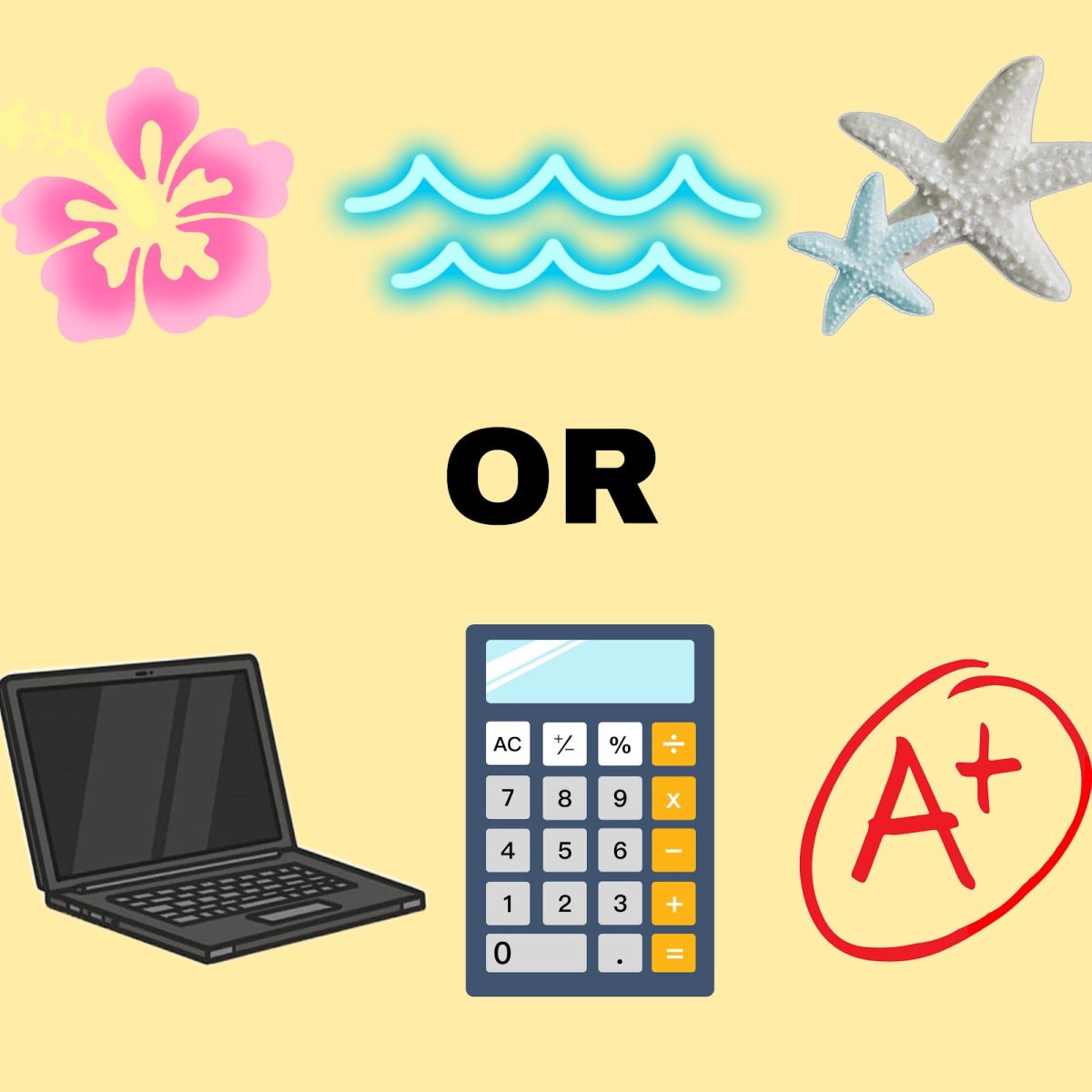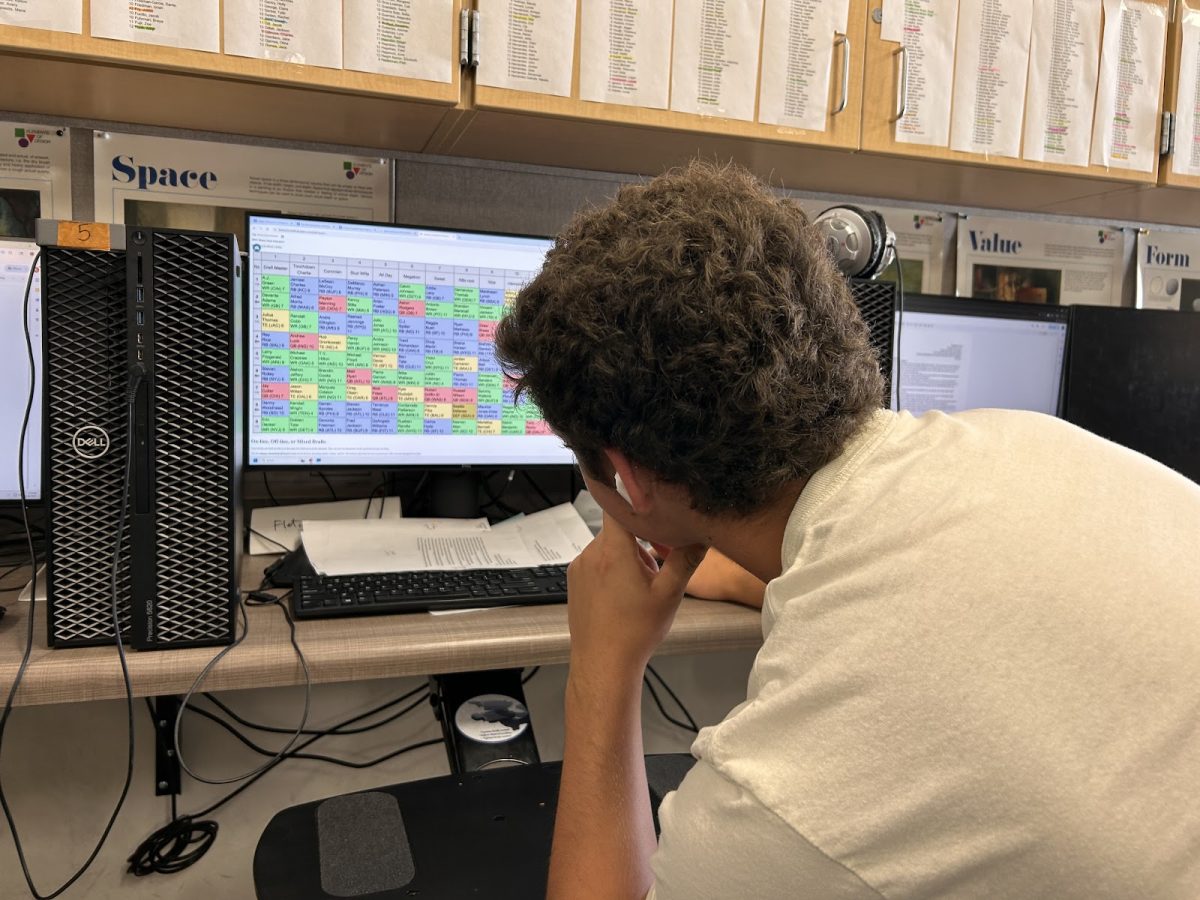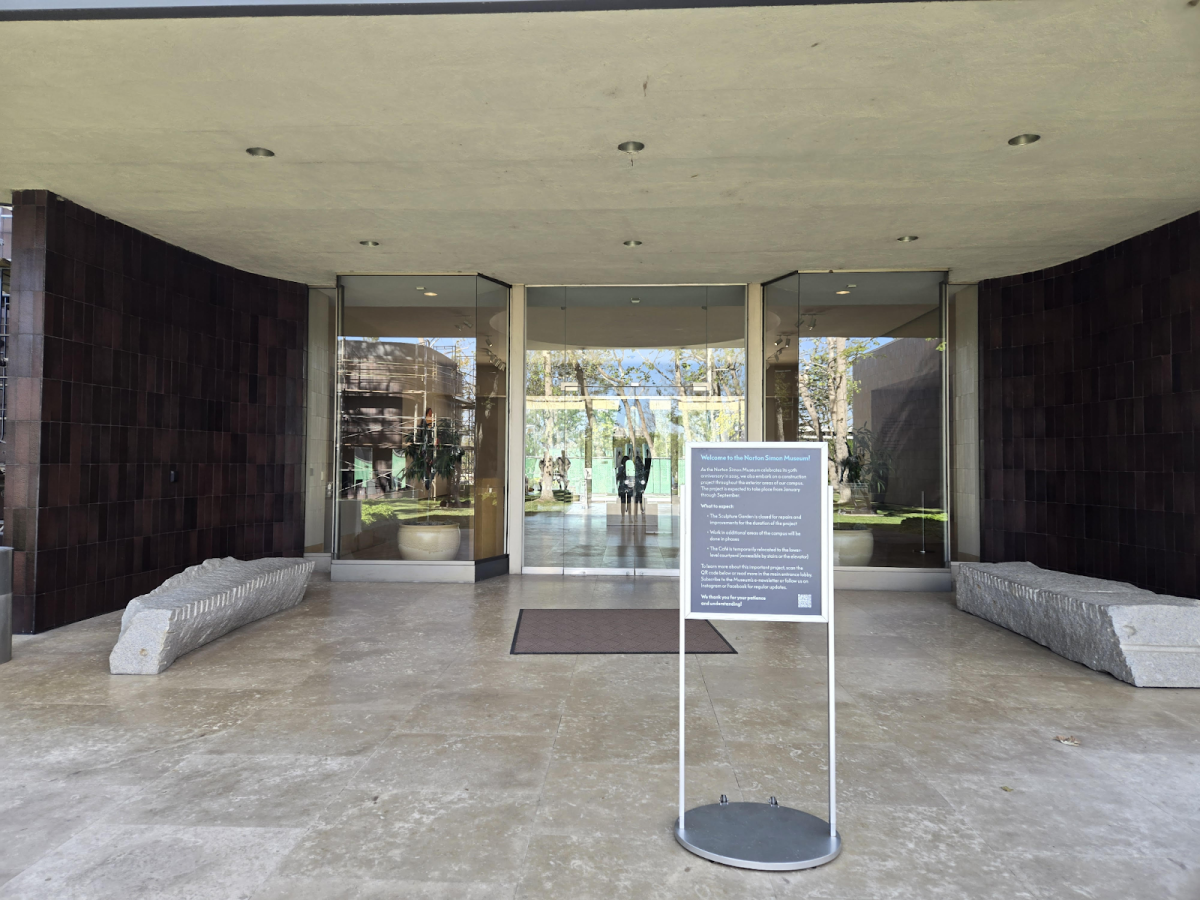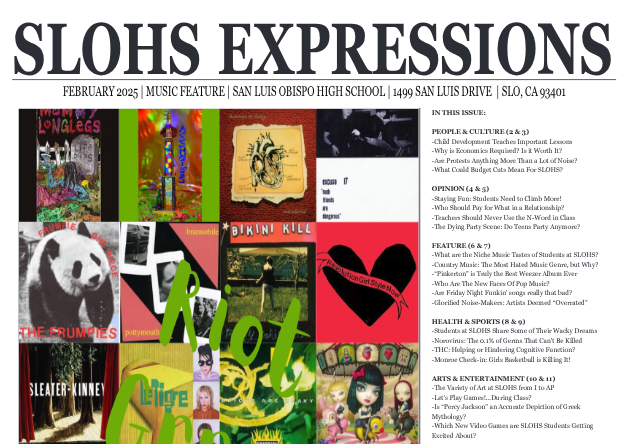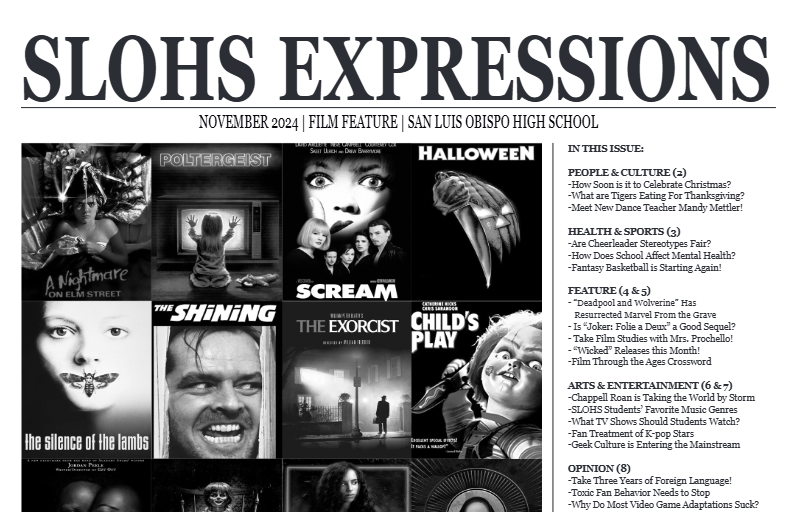Editor note: I am a Norwegian foreign exchange student for the 2019 school year.
Students and teachers at San Luis Obispo High School seem to lack knowledge regarding the cultural, political, and educational diversity of Europe, despite the presence of European foreign exchange students on campus. There are several misconceptions regarding the continent and its inhabitants.
“Never been, sounds dope,” said senior Taylor Lopeman when asked about Europe. “Honestly, when I think of Europe, I think of the UK and Italy.”
Europe is, however, a continent that consists of fifty different countries. They range from sunny and dry nations such as Turkey, Spain, and Ukraine, to colder and greener places such as Iceland, Ireland, and Norway. All of which have their own different languages, histories, and cultures.
Common misconceptions Americans have about Europe are that all Europeans are bilingual and learned English at an early age, that the European government is communist, and that the European school system is either superior or inferior to the American school system.
“It is so weird to me when Americans mention Europe as one unit. For instance, there are huge differences between my culture as a Norwegian, and the Italian or Spanish students’ cultures,” said Norwegian foreign exchange student senior Helle Furuseth.
The umbrella term “Europeans” is not very precise when talking about demographics. Though many European countries, such as Sweden and Norway, teach their children English at a young age, other countries such as Spain and Russia have little English fluency.
There is no such thing as the European government; European countries do not have a shared government, neither do they share a school system. Each country has their own rule, though many European countries are ruled with similar socialist ideas.
“I wish Americans would know more about how diverse Europe actually is,” said Danish foreign exchange student junior Katinka Hecter. “But in the end, it’s just fun to hear about all the different assumptions.”


